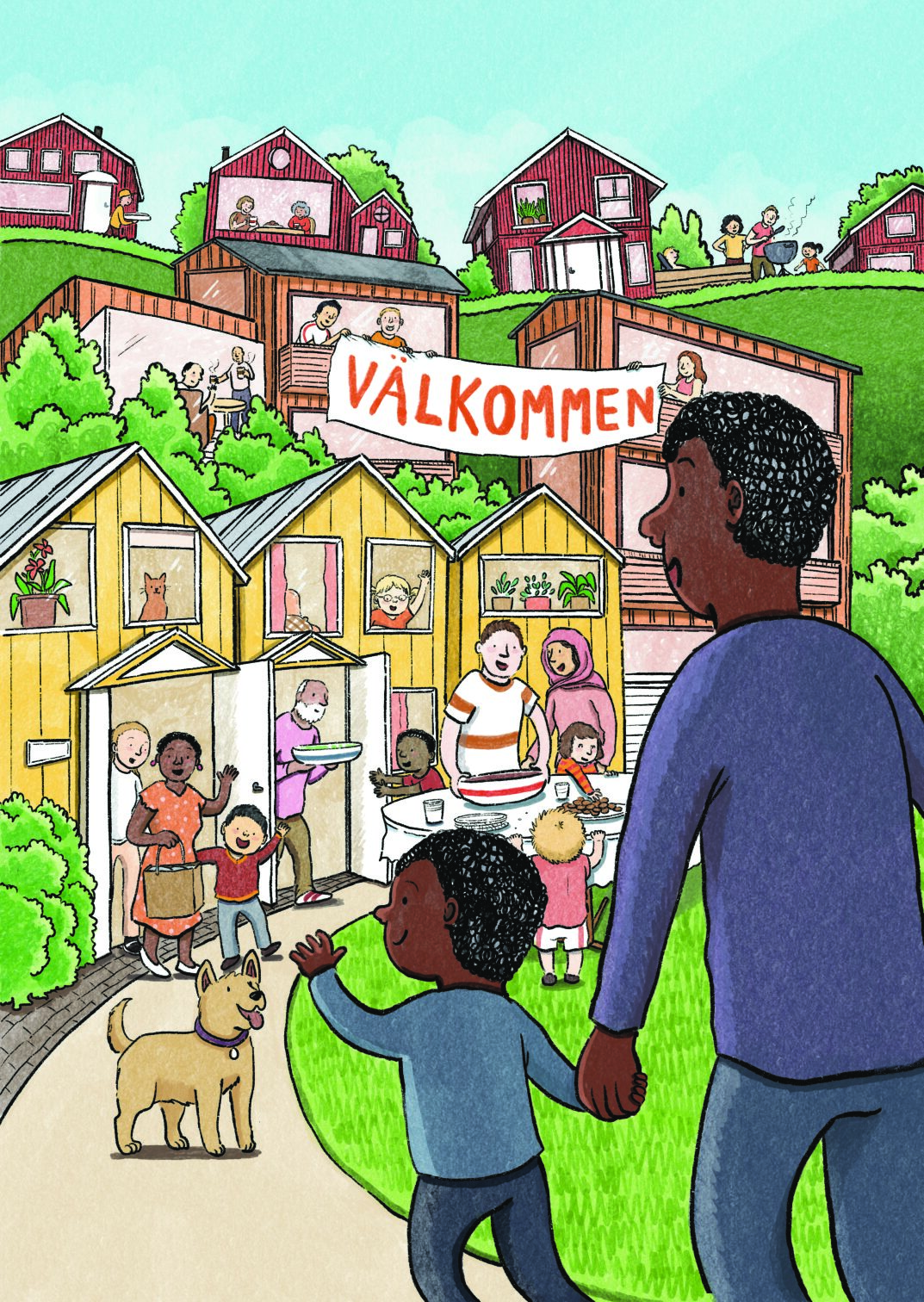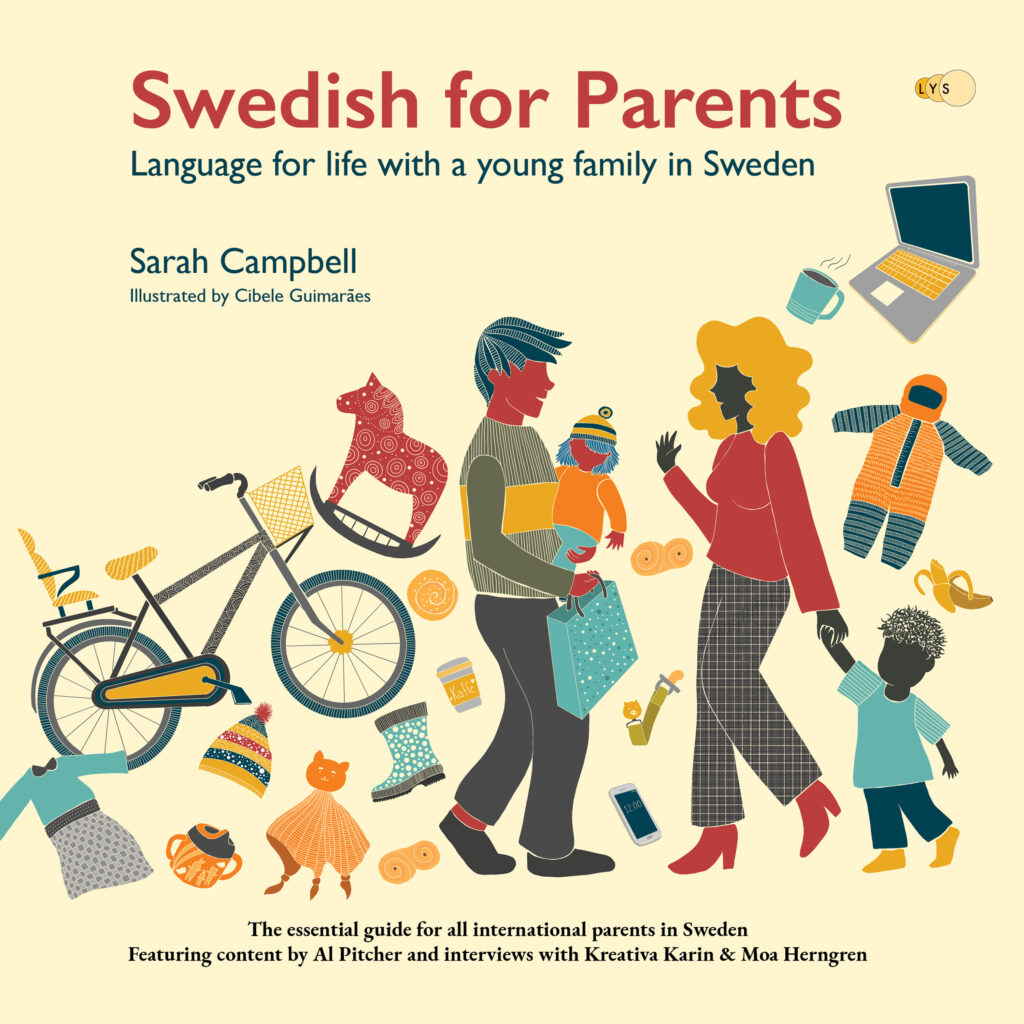Getting to know your neighbours
The Swedish notion of the neighbourhood (grannskap) can appear rather paradoxical at first glance — you may be effectively ignored by your neighbour if you pass in the stairwell (trapphus), but the next day find yourself merrily bonding over BBQ tongs at the communal summer party (sommarfest). If you are used to communities where everyone knows everyone, and you can’t walk down the street without stopping to greet (hälsa) every neighbour (granne) and their extended families too, settling in to your Swedish home can be a disheartening experience.
While a sense of community does exist, it can sometimes seem as though Swedish life can be governed by an unspoken ‘do not disturb’ policy — which can seem doubly strange when you consider how meticulous Swedes are about introducing themselves to one another in almost every other context.
However, don’t interpret this as a snub. The neighbour (or indeed colleague medarbetare, classmate klasskamrat or fellow parent at open preschool) who doesn’t initiate small talk (småprat) is likely expressing respect for personal boundaries, and, while it is respectful to do the same, that doesn’t mean you yourself should hold back entirely from greeting those around you or initiating casual chat.
The response you get may be low key, but it will rarely be unfriendly. Having children — who will no doubt mean you inevitably gravitate towards the local playground (lekplats) — can actually make it easier to get to know people, as you can chat with fellow parents while your children while away the hours on the swing (gunga), slide (rutschkana), climbing frame (klätterställning) and in the sandpit (sandlåda).
Life in your neighbourhood
In many communities, social events and neighbourhood initiatives are organised by a residents’ association, known variously as hyresgästförening, bostadsrättsförening or villaförening, depending on whether you rent (hyr) or own (äger) your home, and whether you live in a apartment (lägenhet) or
house (villa). These associations (föreningar) also manage a wide range of practical matters relating to
accommodation, living conditions and services for residents. Contact the board (styrelsen) to become
a member (bli medlem) of your local residents’ association. It is not uncommon for residents’ associations to organise events such as quiz nights (quizkvällar), BBQs (grillning), a potluck dinner (knytkalas) or the traditional taking down of the local Christmas tree in early January, known as julgransplundring. Look out too for joint clean-ups of communal (gemensamma) areas, known as a gemensam vårstädning in spring and gemensam höststädning in autumn.
Residents get together and sweep, declutter and clean areas such as the courtyard (innergård), playground, storage rooms (förråd) and parking lot (parkering), then gather for a fika or take advantage of the communal BBQ area (grillplats) afterwards. Apartment living is common in Sweden, especially in cities and larger towns, and you may find that your apartment block (flerbostadshus) or local area has shared facilities such as a courtyard, laundry room (tvättstuga), stroller storage (barnvagnsrum) and maybe even a ping-pong room (pingisrum), workshop (snickarverkstad) or sauna (bastu).
For me, living in Sweden has meant I’ve been able to create the kind of close-knit community that I always wanted for my family. People in our neighbourhood are friendly – I’m friends with mothers, fathers, older people, people who’ve been here a long time, people who’ve just moved here, Swedish people and families from all over the world.
I admit that having children has made it a lot easier to integrate into my neighbourhood. When it was just me and my wife and we lived in an area where everyone owned their homes, I didn’t have the same need to meet people and it was harder to form a network. But now we rent and have a very close group of neighbours, all with kids a similar age. We meet after preschool pickups, eat meals together in the park, have potluck dinners at each others’ homes, and spend hours together just hanging out with the kids, especially in the summer. My attachment to my neighbourhood is due to the community we’ve built up. I would feel a lot less attached to the actual neighbourhood without our network, but as it is now, even if we could afford to buy our own place and move, we really wouldn’t want to.
Ben, from the UK
Excerpt from the book: Swedish for Parents. Language for life with a young family in Sweden. By Sarah Campbell, published by LYS.
READER OFFER
Norrland Living readers are
offered a 10 % discount off any book in the LYS shop. The discount code is NORRLANDLIVING and it will be valid until June 30th.
lysforlag.com




